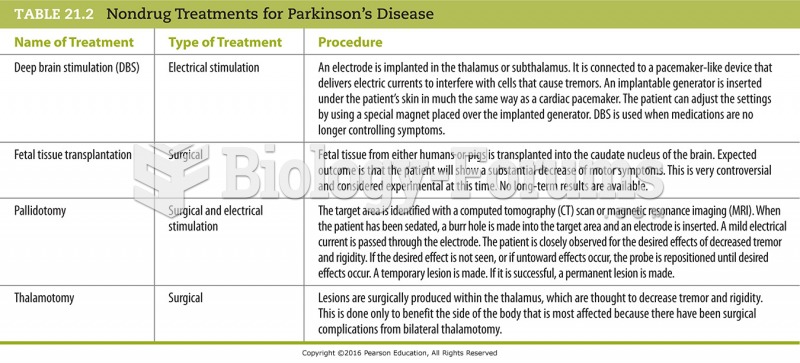|
|
|
Earwax has antimicrobial properties that reduce the viability of bacteria and fungus in the human ear.
Eating food that has been cooked with poppy seeds may cause you to fail a drug screening test, because the seeds contain enough opiate alkaloids to register as a positive.
Multiple sclerosis is a condition wherein the body's nervous system is weakened by an autoimmune reaction that attacks the myelin sheaths of neurons.
Green tea is able to stop the scent of garlic or onion from causing bad breath.
Nearly all drugs pass into human breast milk. How often a drug is taken influences the amount of drug that will pass into the milk. Medications taken 30 to 60 minutes before breastfeeding are likely to be at peak blood levels when the baby is nursing.
 Black flies are blood-sucking insects who vector disease, like River Blindness, while feeding on hum
Black flies are blood-sucking insects who vector disease, like River Blindness, while feeding on hum
 Epidemiologists look for the causes of disease, such as toxic waste and industrial pollution, at the
Epidemiologists look for the causes of disease, such as toxic waste and industrial pollution, at the





